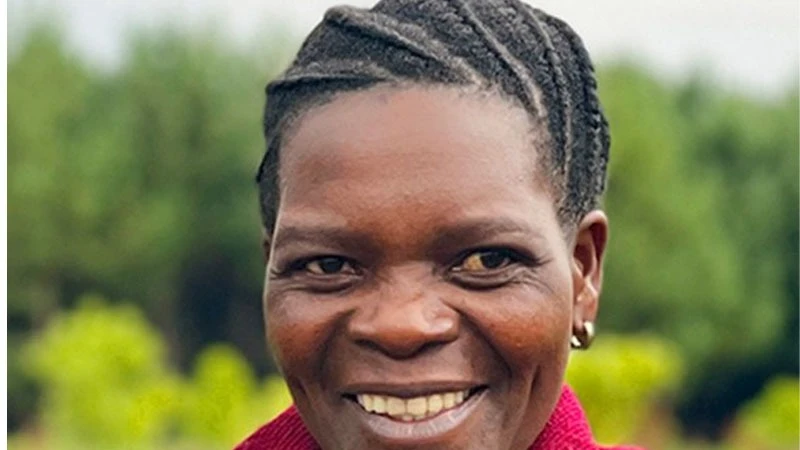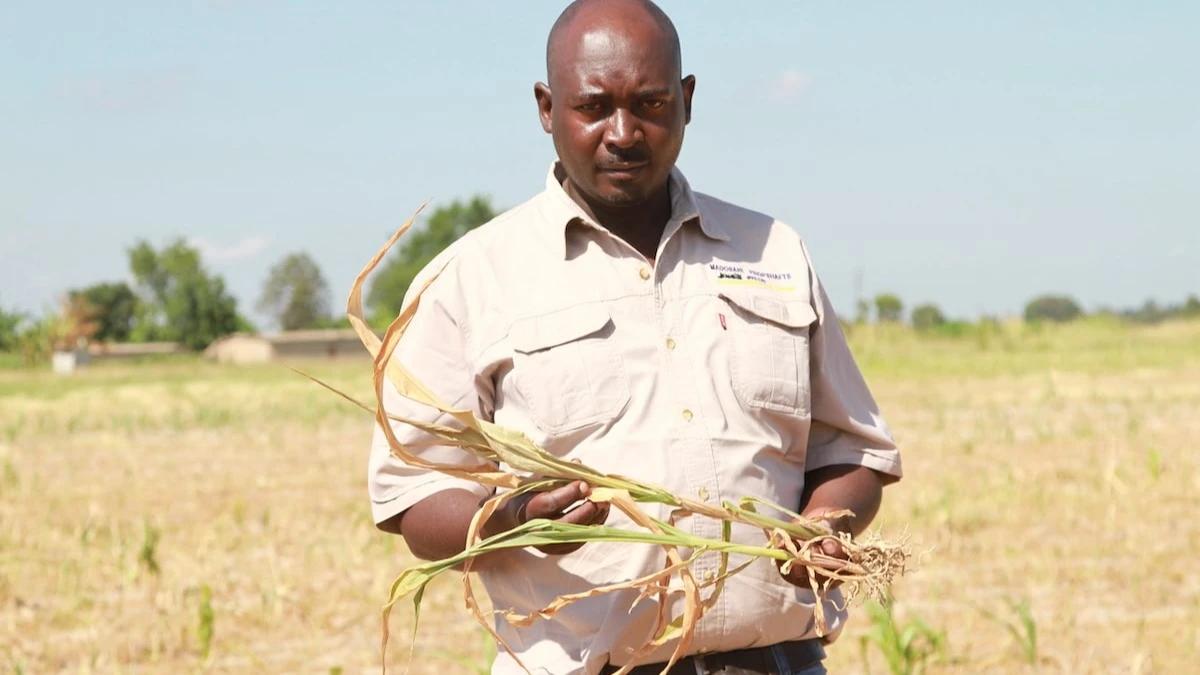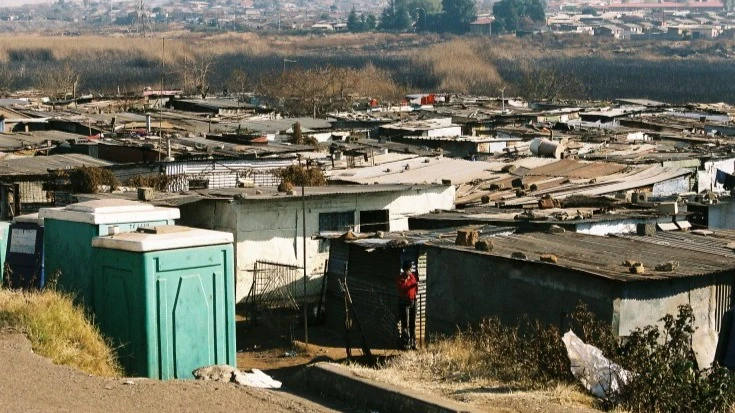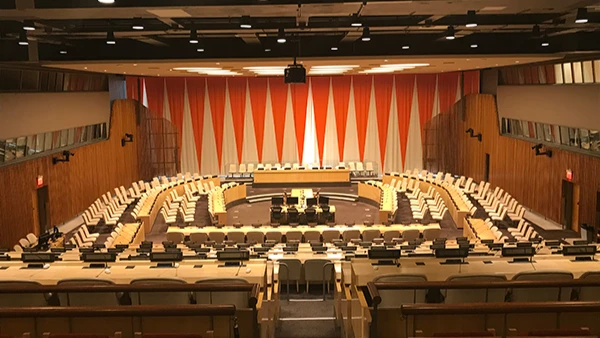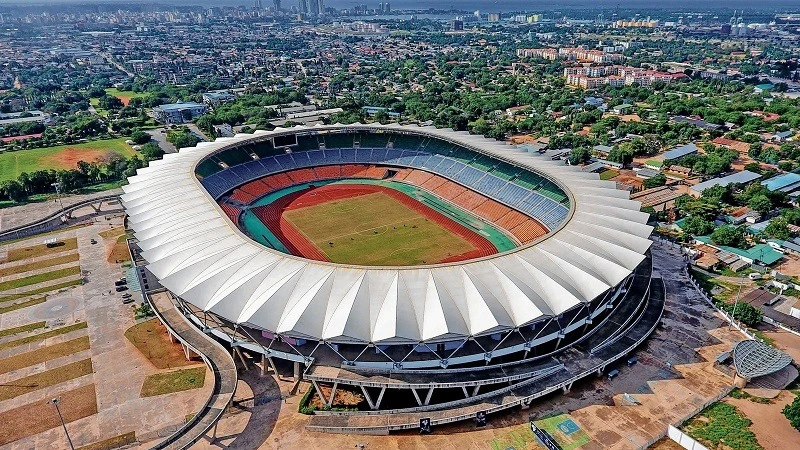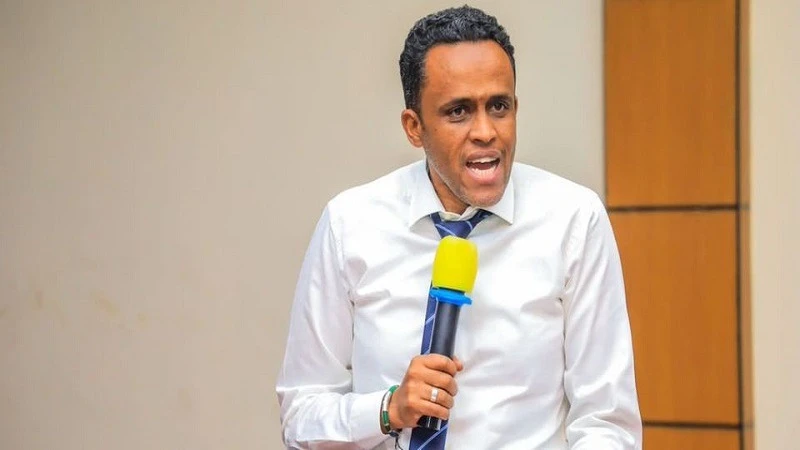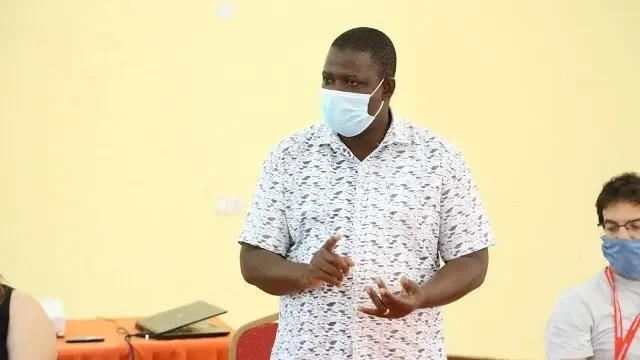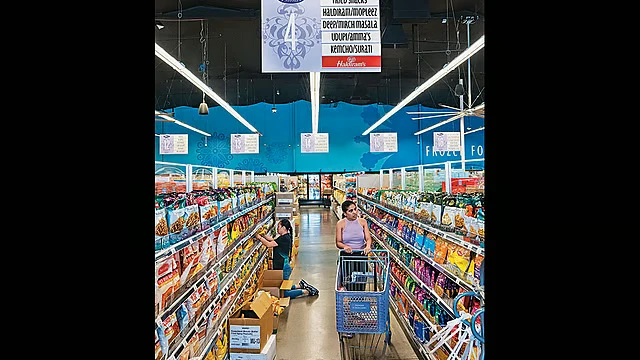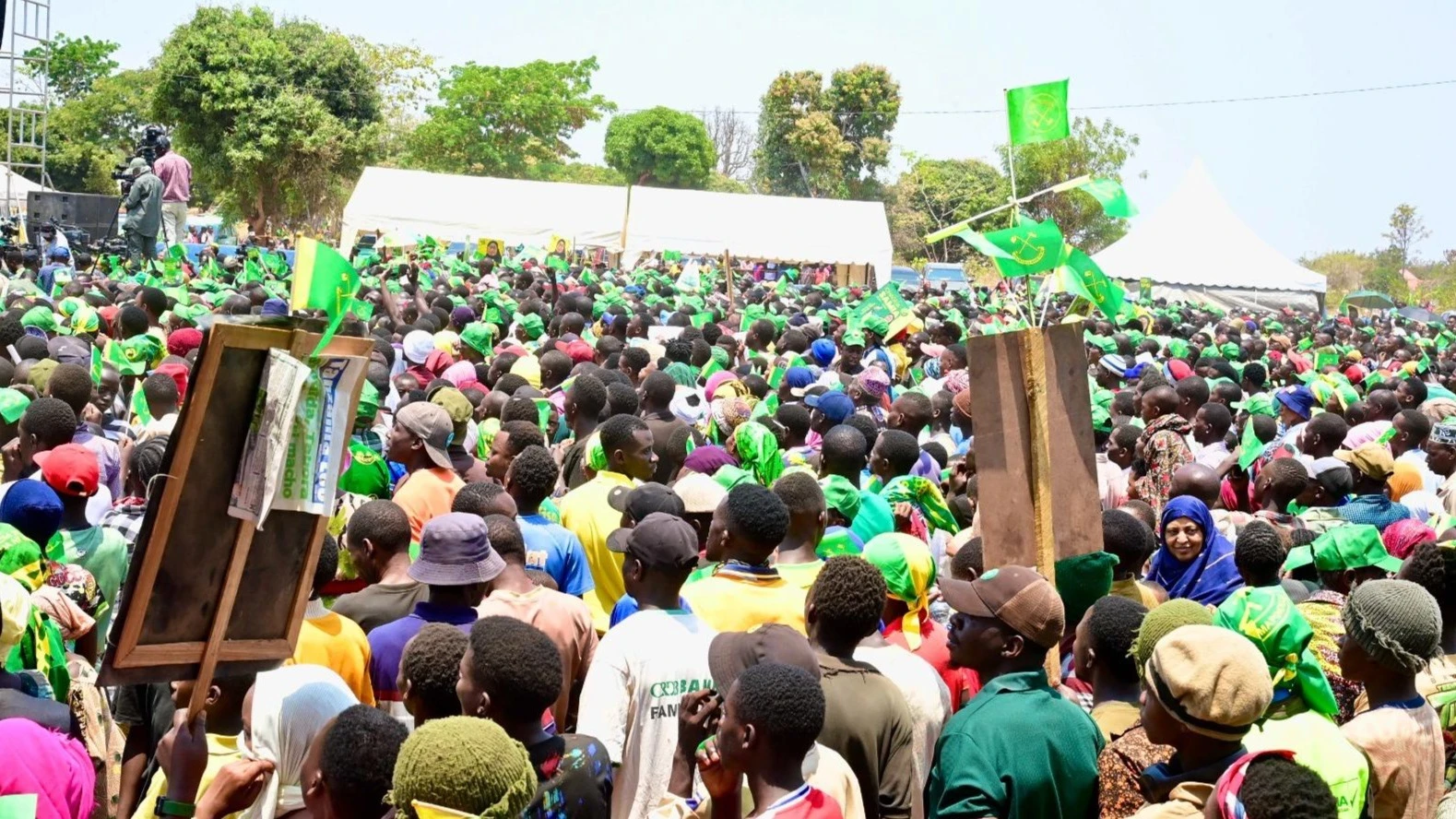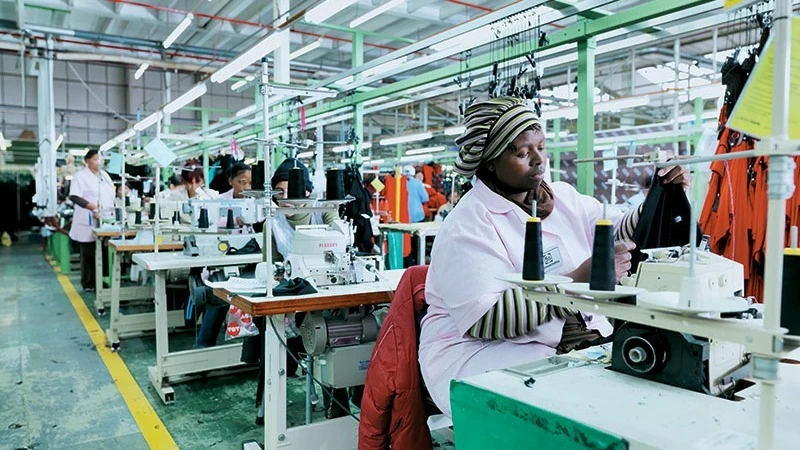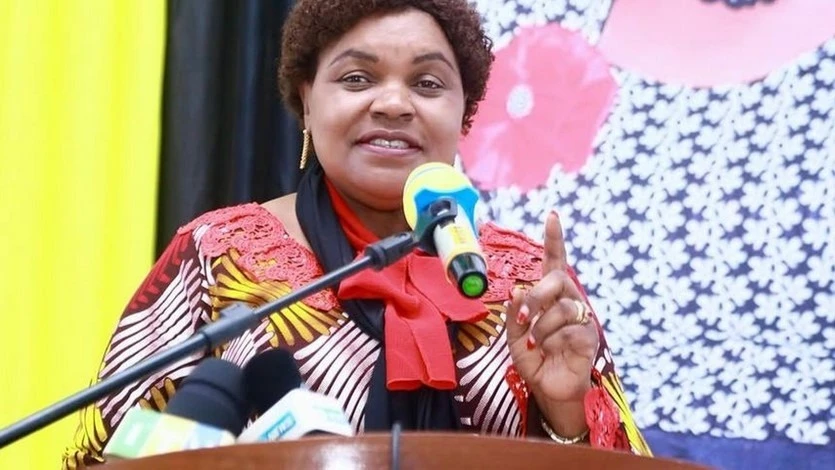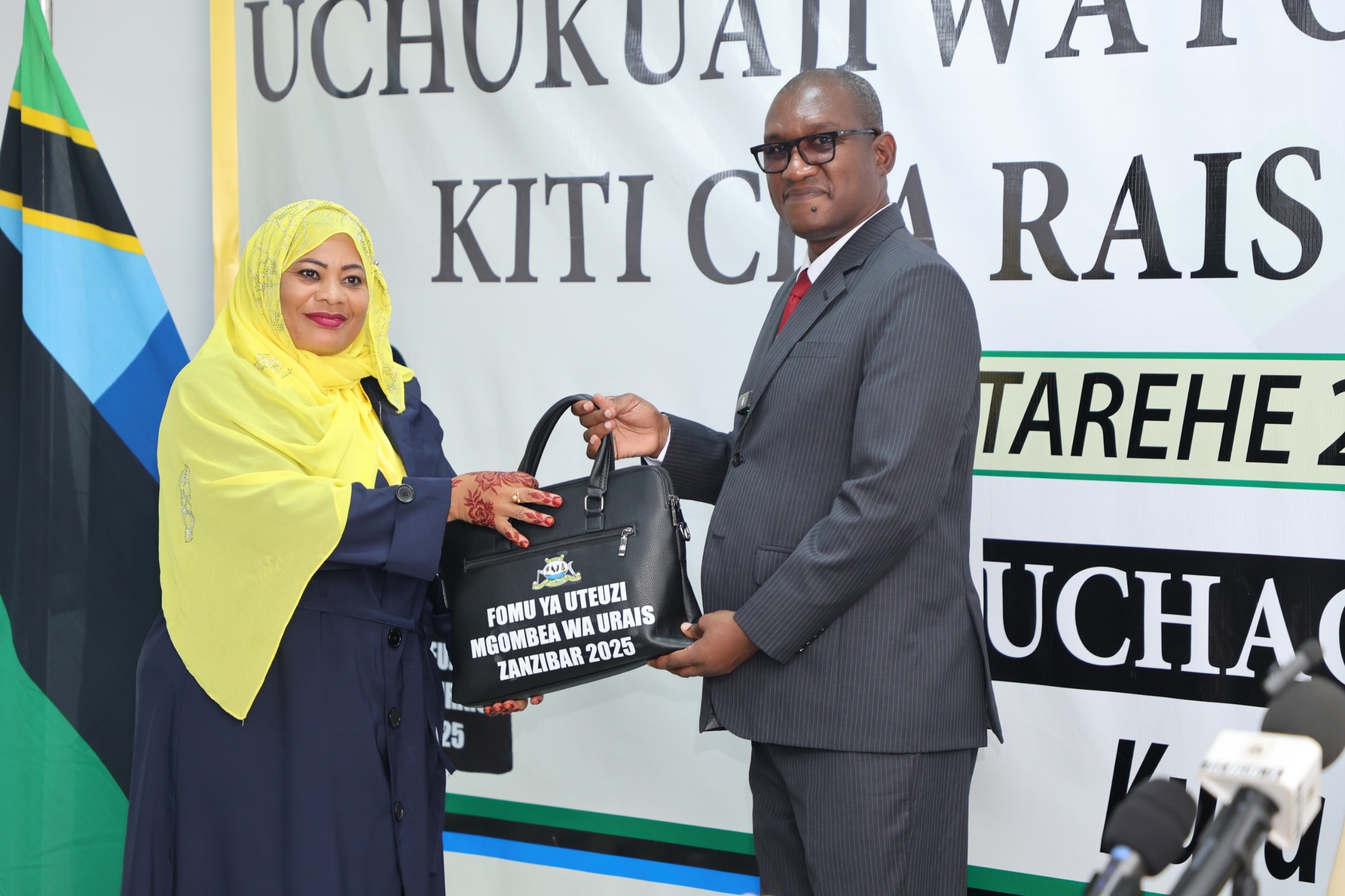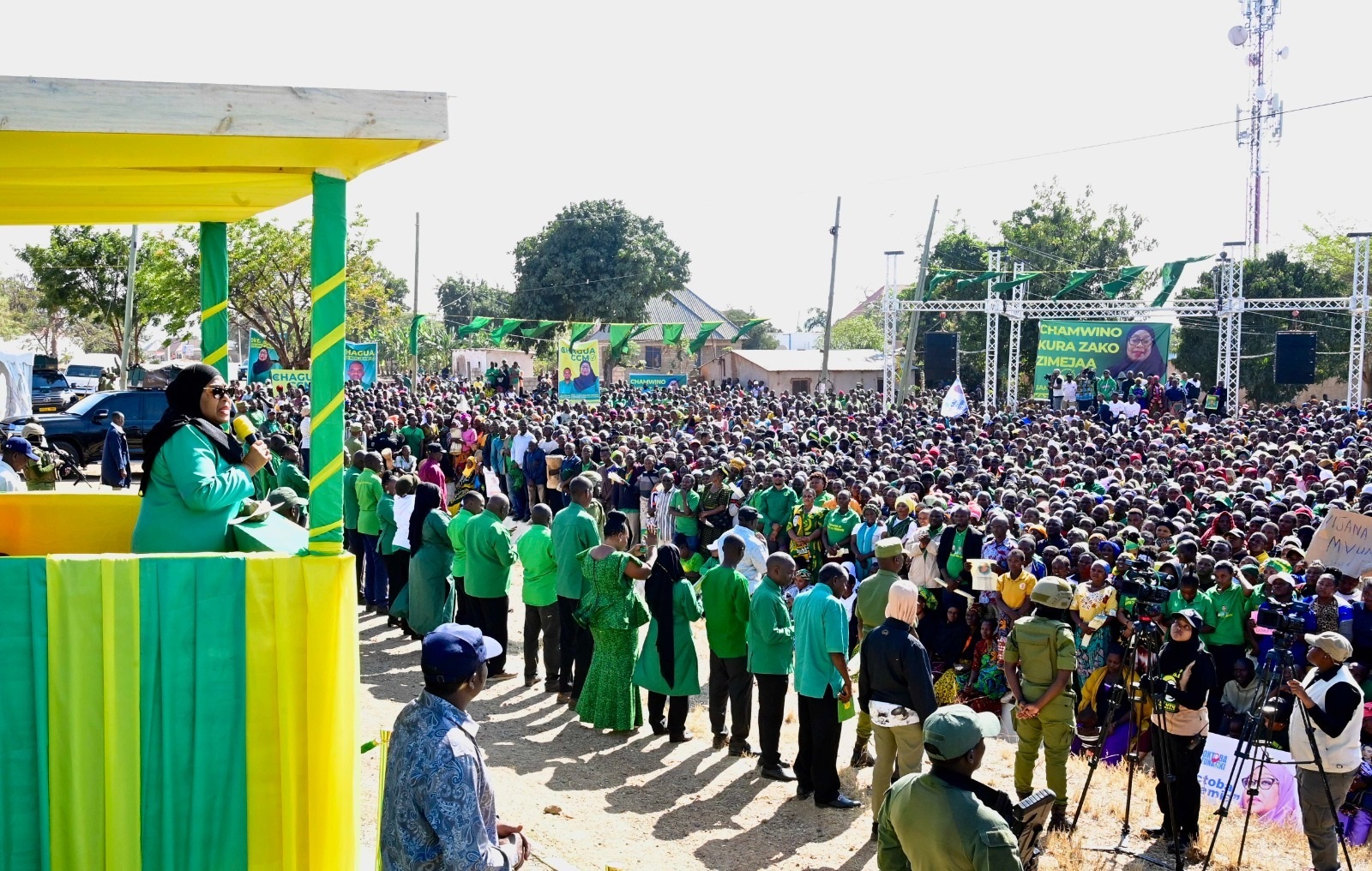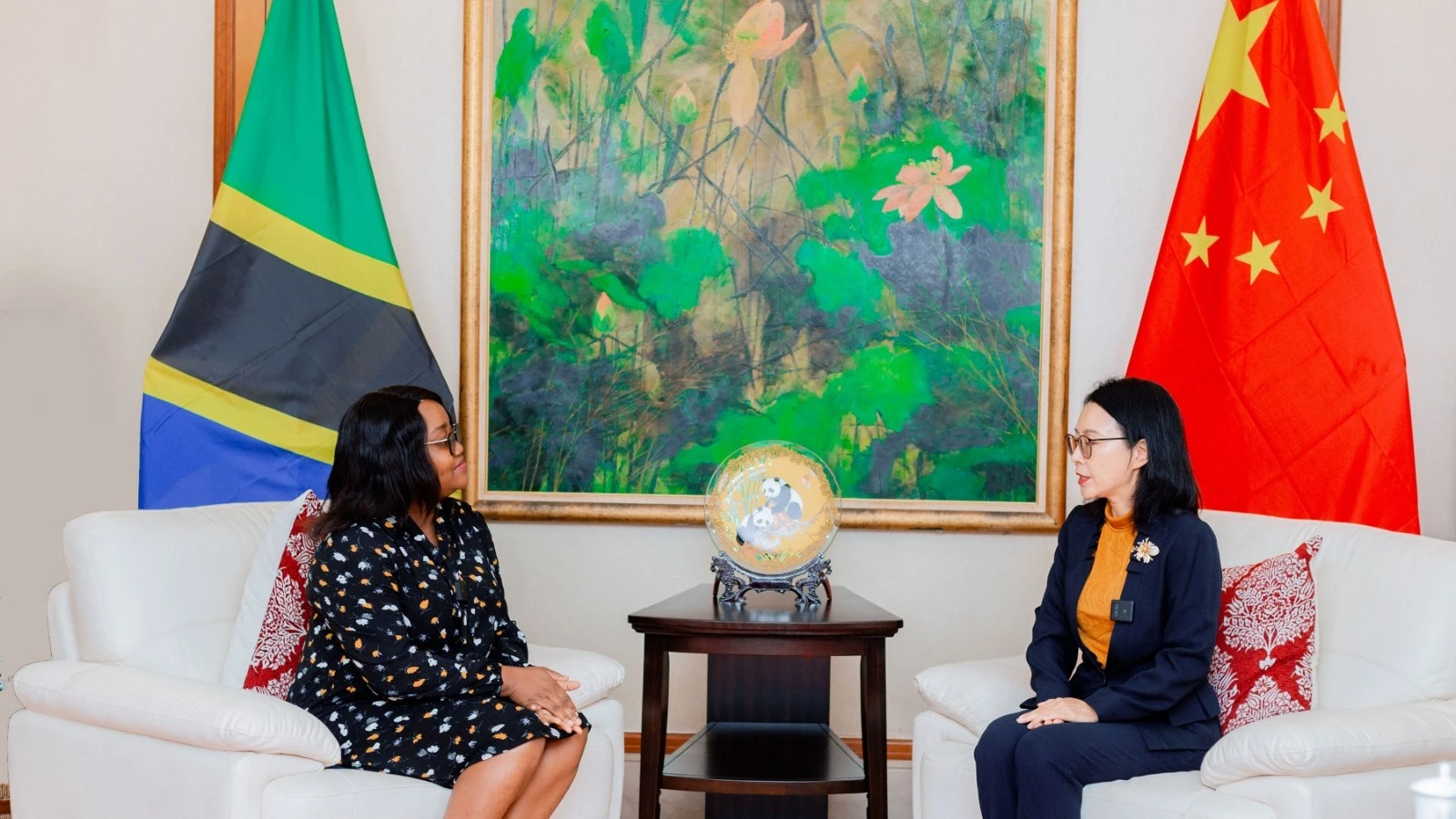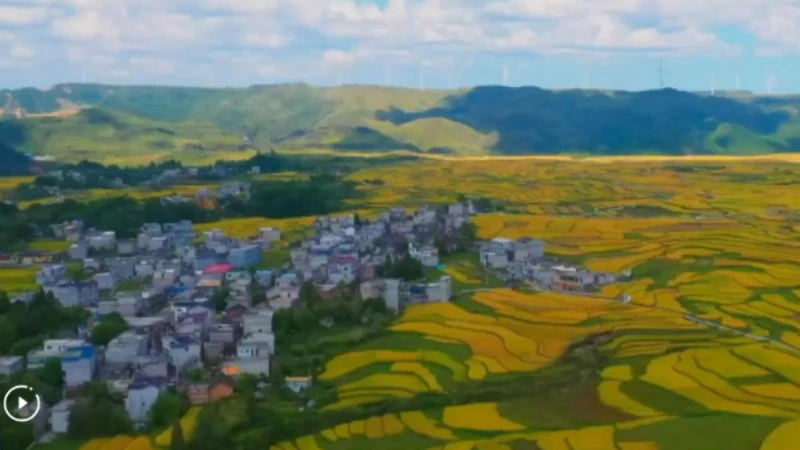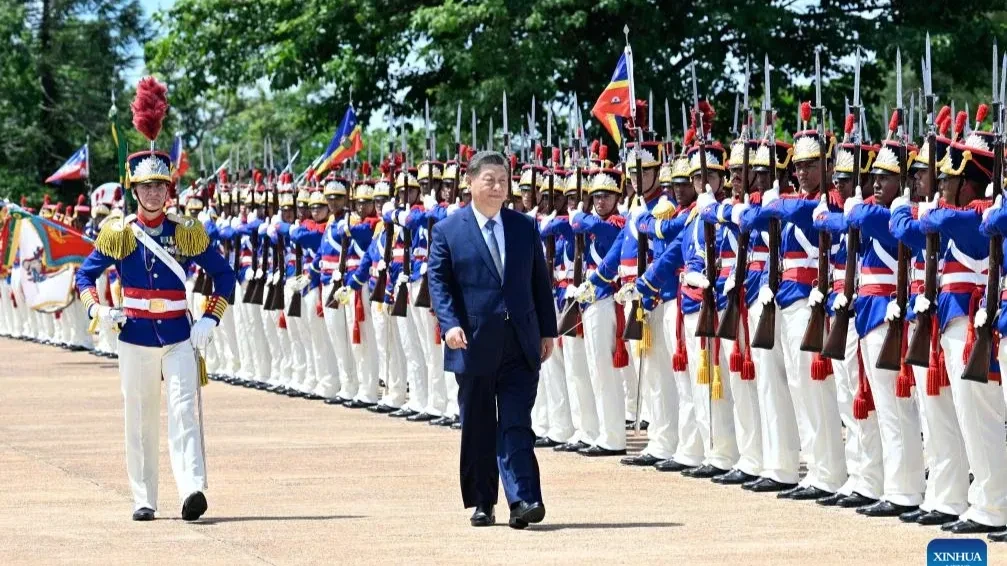Jozani forest poised to drive Zanzibar’s agro-tourism future

JOZANI — a ribbon of emerald forest threaded with boardwalks, mangroves and the unmistakable calls of the Zanzibar red colobus — sits at the intersection of Zanzibar’s two greatest modern imperatives: conserving irreplaceable biodiversity and diversifying a tourist economy that now forms the backbone of island livelihoods.
A carefully designed Continental Centre for Wildlife & Plant Excellence — combining a wildlife clinic and hospital, a refuge for sick, orphaned and end-of-life animals, and an expanded Jozani Botanical/Plant Museum — would not only save animals, it would strengthen the island’s green economy, bolster climate resilience and create new higher-value tourism products.
Recent government statistics and independent surveys make the case urgent and timely. Zanzibar received 736,755 international visitors in 2024, a 15% jump on 2023 and a clear signal that demand for new, high-quality nature experiences is growing. Tourism already accounts for roughly 27–29% of Zanzibar’s GDP and supports tens of thousands of jobs — meaning conservation investments also have direct socio-economic returns.
On the conservation side, the island is home to a globally important endemic: the Zanzibar red colobus. A recent WCS census estimated the total population at approximately 5,862 individuals — not a large number for a species confined to a single island and one under continuous pressure from habitat loss and human-related mortality.
Put simply: tourist pressure is rising at the same time that finite, endemic wildlife remains vulnerable. Jozani is both a tourism asset and a conservation responsibility.
What a the model Centre of Excellence would do ( concrete functions and impacts).
A modern Centre should be built in phases. Core, near-term functions would include: 24/7 wildlife triage & emergency clinic (stabilisation, surgery, diagnostics). Soft-release enclosures and a humane refuge for animals that cannot immediately return to the wild.
A plant museum and seed-banking facility integrated into an enlarged Jozani Botanical Garden, supporting restoration and agroforestry programs.
Research labs and training classrooms to host visiting scientists, vet residencies and community education.
Visitor facilities (interpretive centre, guided trails, café and The ZANZIBAR Plant And Animal museum) to capture sustainable revenue.
The combination helps three imperative goals simultaneously: increase survival rates for injured wildlife; generate earned income via conservation tourism and education; and create plant conservation capacity to underpin reforestation and climate adaptation.
Demand and operational scale — modelling the need
Using 2024 arrivals as the baseline (736,755), a conservative planning assumption is that ~8–12% of visitors will include a Jozani visit — roughly 60,000–90,000 visits per year under current conditions. If 0.5–1.0% of those visits trigger action (injured animal sightings, welfare reports, or rescue calls), that translates to ~300–900 actionable wildlife cases per year needing triage or follow-up at the Centre. (Under this scenario, a Phase-1 clinic handling 300–700 animals/year is realistic; Phase-2 prepares for double that load.) These are conservative, data-informed planning rules-of-thumb intended to size capacity before a short baseline study refines them.
Looking ahead, two visitor growth scenarios highlight the Centre’s potential scale:
1. Conservative growth (≈5% p.a.) — arrivals would rise from 736,755 in 2024 to ≈987,000 by 2030.
2. Optimistic growth (≈10% p.a.) — arrivals could exceed 1.3 million by 2030.
Either path increases both visitor demand for nature experiences and the absolute number of wildlife interactions that require professional response. (Projections are modelled from 2024 baseline arrivals; assumptions and arithmetic available on request.)
Costs, funding pathways and economic rationale
A pragmatic, phased capital plan keeps initial barriers low while securing early wins:
Phase 1 (clinic, triage, rescue vehicle, visitor interpretation): USD 300,000 – 800,000.
Phase 2 (full veterinary hospital, plant museum, labs): USD 1.5M – 6M.
Phase 3 (training centre, cryobank, expansion): USD 5M+ depending on ambition.
Operational budgets scale similarly: a modest Phase-1 annual OPEX might run USD 200k–600k; Phase-2 operations would be in the USD 1–2M/year band. These costs can be met through a blended finance model: admissions and visitor services, fee-for-service veterinary work, research grants and university partnerships, philanthropic endowments, corporate CSR, and ecosystem-service payments (mangrove restoration/carbon credits). The centre’s tourism income stream aligns with Zanzibar’s strategic push to diversify products under Vision 2050, making it a strong candidate for public-private and multilateral support.
Conservation benefits and measurable outcomes
The Centre would enable immediate, measurable conservation gains: Higher survival and release rates for injured primates, birds and reptiles.
Reduced road mortality hotspots via targeted mitigation (speed calming measures and awareness campaigns. Expanded ex-situ plant conservation which would entail seed banking and propagation of native, threatened flora to underpin forest restoration.
Research outputs (disease surveillance, post-release monitoring) that inform island-wide management.
Historical Jozani assessments have already flagged that visitor impacts and habitat pressures require careful carrying-capacity planning a proosed detailed feasibility would provide us with data and operational capacity details to manage those risks responsibly.
As per Umoja Conservation Trust's basiline analysis, the risks include financial sustainability, community buy-in, and zoonotic disease management. Mitigation measures are straightforward: realistic multi-year funding commitments for early operations, community employment and benefit-sharing (nurseries, guides, agroforestry training), strict biosecurity and close coordination with public health and park authorities. The governance model should be a multi-stakeholder trust with government, community and technical NGO representation to secure legitimacy and long-term stewardship.
The most practical next step is a 6-month feasibility and baseline study (budget ~USD 275,000) to map site options, quantify rescue caseloads, model finances to detailed line items, and secure initial MOUs with government and key partners. Early investments should prioritise a rescue vehicle, a 24/7 hotline and a robust triage/holding facility — inexpensive, high-impact interventions that immediately reduce mortality and demonstrate project credibility to donors.
Why Zanzibar — and why now
Zanzibar’s surge in tourism and the island’s globally significant endemic species create a narrow window for action. With the right institutional design, the proposed Centre can convert tourist dollars into measurable conservation outcomes, broaden economic benefits for local communities, and make Jozani a model for integrated wildlife and plant conservation across the continent. The numbers — from red colobus population estimates to visitor arrival trajectories and tourism’s GDP share — all point to a simple conclusion: this is the moment to invest in Jozani’s future, while there’s still time to make a measurable difference.
Bryan Toshi Bwana is a Founding Trustee, Umoja Conservation Trust. www.umojaconservation.org
Top Headlines
© 2025 IPPMEDIA.COM. ALL RIGHTS RESERVED



